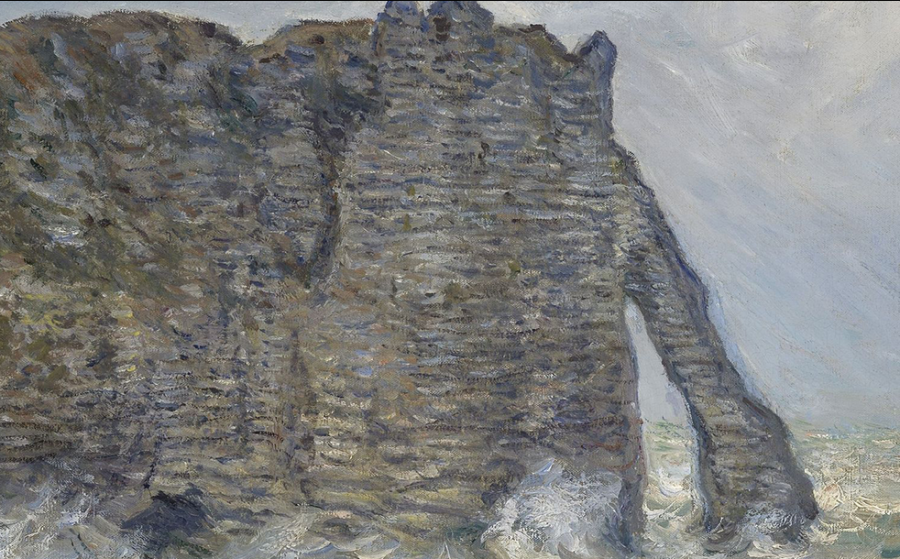Wheat field in the Morvan region
Information sur l’artiste
Camille Corot [Paris, 1796 - Paris, 1875]

Camille Corot's artistic methods changed the way landscapes were depicted in the mid-19th century. Although he was fond of Italy and spent time there on several occasions, this did nothing to diminish his love for the French countryside that he painted throughout his career and his journeys. As the artist's family was originally from the Morvan region, in Burgundy, he returned there several times in the 1840s, finding the subjects for around fifteen artworks in the area, including this one, dated from the summer 1842.
The place depicted here is devoid of picturesque elements, instead emerging as a peaceful countryside scene. The two peasants tending to the wheat are the sole elements bringing movement to the composition. The remarkably subtle palette explores a wide range of greens and evokes a softness resonating with the subject of the painting. The rich tones which appear outlined in grey presage the painter's development in his later years. The warm summer light, without being too dazzling, still brings to mind the painter's Italians landscapes, such as the views of Volterra painted not long before (Paris, The Louvre). The unrestrained technique reflects the growing influence of nature studies on his work. Started as a simple exercise, they had gradually become veritable works of art which appealed to many enthusiasts. It was in reference to Corot that Baudelaire made the distinction between a painting that was 'fait' – done – and one that was 'fini' – finished – in his review of the 1846 Salon 1846, to justify the new freedom of brushwork, shifting away from classical traditions.
1842
Oil on canvas
H. 39; L. 75 cm
Bequeathed by Alfred Bellet du Poisat in 1884
Inv. B 342





